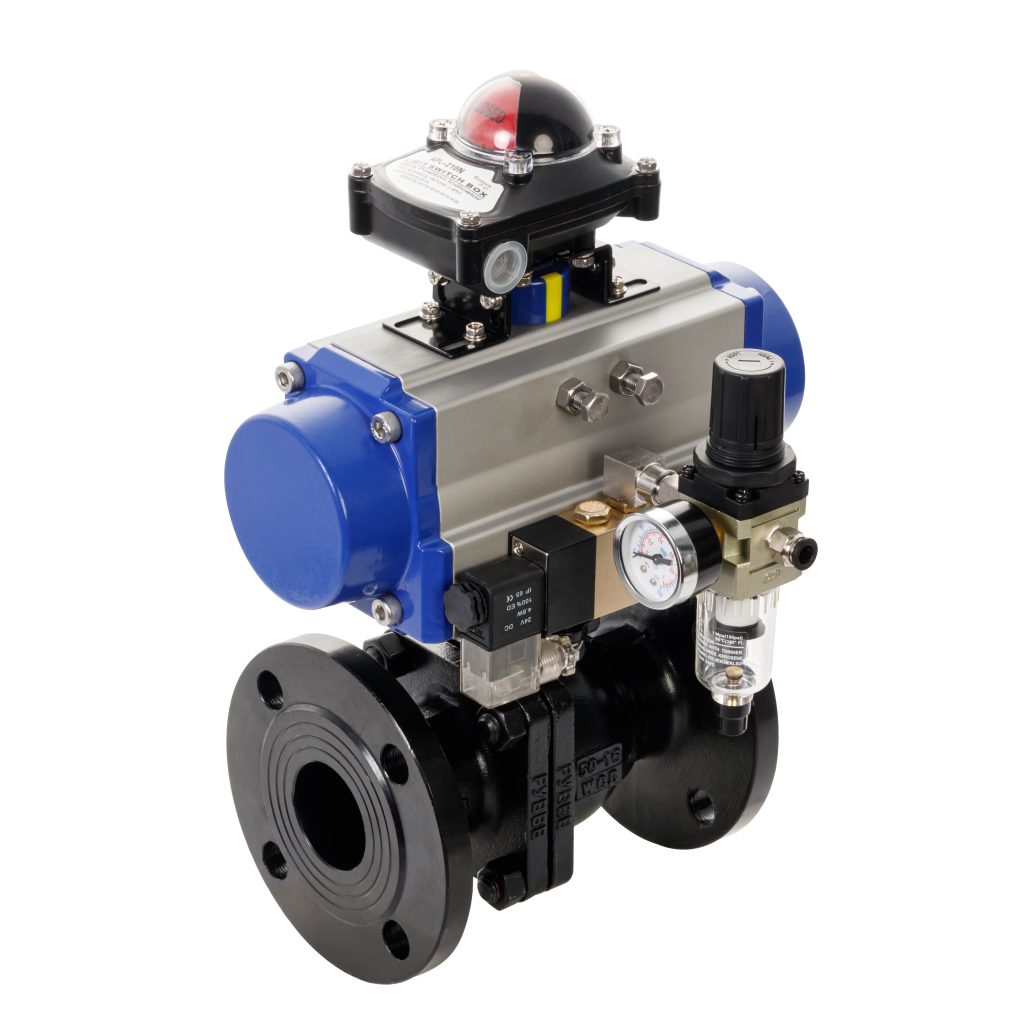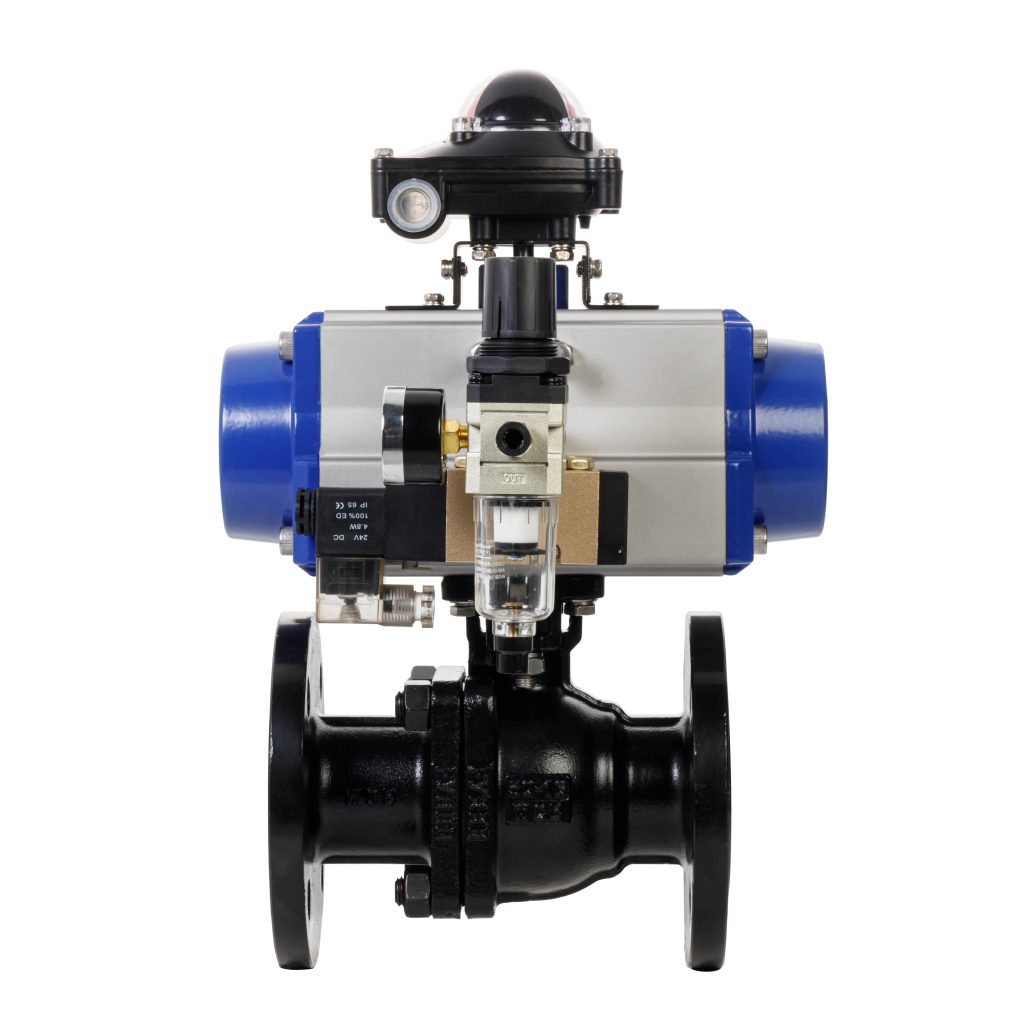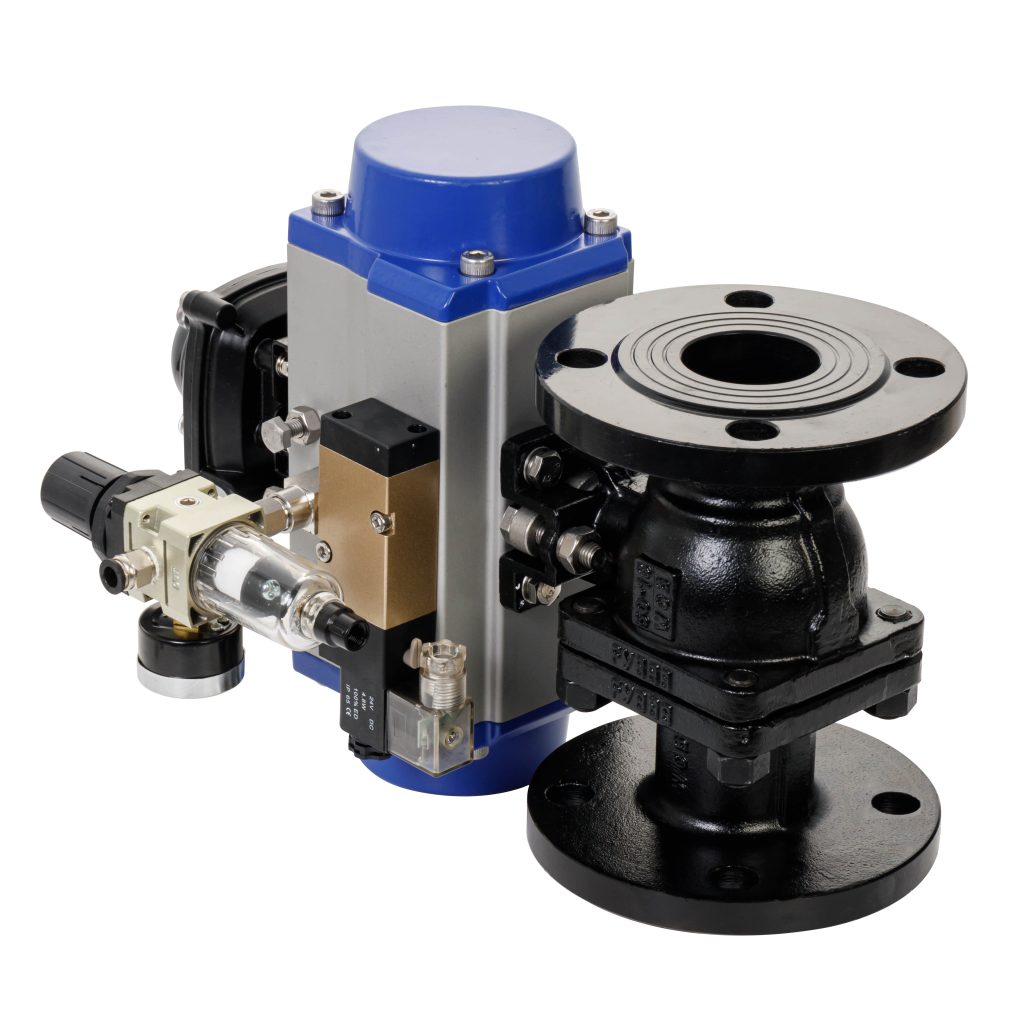The WCB Pneumatic Ball Valve is a sophisticated and essential component used extensively in industrial applications for controlling the flow of fluids or gases. Known for its durability and efficient performance, this type of valve is particularly valued in sectors where precision and reliability are paramount. In this article, we will delve into the features, advantages, and applications of the WCB Pneumatic Ball Valve, highlighting why it is a preferred choice in modern industrial settings.

Understanding WCB Pneumatic Ball Valves

The WCB Pneumatic Ball Valve is designed to manage the flow of various fluids and gases through a pipeline system. It operates using a ball with a central hole, which rotates to open or close the flow passage. The ‘WCB’ in its name stands for a specific type of steel alloy used in its construction: WCB steel, which is a carbon steel grade known for its robustness and resistance to wear and tear. The valve is actuated pneumatically, meaning it utilizes compressed air to move the valve mechanism. This pneumatic actuation allows for rapid and precise control of the valve’s position, ensuring that the flow rate can be adjusted accurately according to operational needs.
